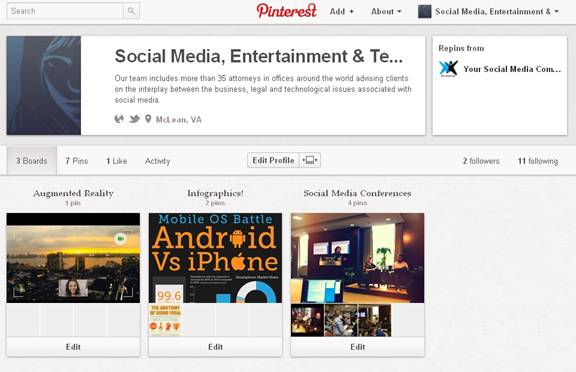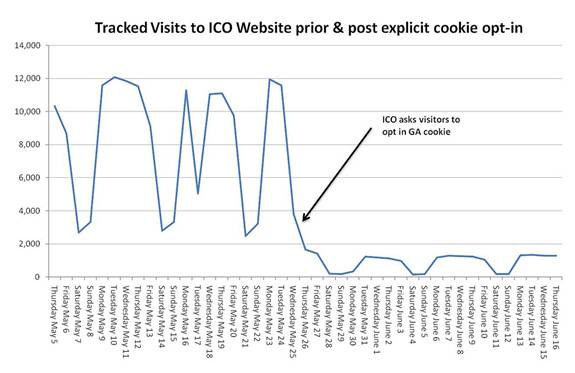On September 30, 2011, a new set of digital marketing guidelines went into effect for distilled spirits companies in the United States and Europe.
The self-imposed guidelines,
detailed below, were developed jointly by the Distilled Spirits Council of the United States (DISCUS), the national trade association representing America’s leading distilled spirits companies and nearly 70% of all distilled spirits brands sold in the United States, and the European Forum for Responsible Drinking (EFRD), an alliance of Europe’s leading distilled spirits companies.
The guidelines consist of a set of “basic principles” together with definitions and directions for implementing those principles. They aim to protect consumers’ information while urging responsible marketing practices in the context of digital media such as websites, social networks, blogs and mobile apps. Furthermore, the issuance of these guidelines reflects the fact that digital marketing is increasingly a valuable and appropriate tool for reaching consumers who are legally old enough to purchase distilled spirits.
Per the guidelines, distilled spirits companies should:
1. intend their digital marketing communications for adults of legal purchase age;
2. place their digital marketing communications only in media where at least 71.6% of the audience is reasonably expected to be of the legal purchase age (and DISCUS notes that Nielsen online syndicated data from August 2011 disclosed that 82.22% of the Facebook audience, 86.86% of the Twitter audience, and 80.96% of the YouTube audience,
was 21 years of age or older);
3. require age affirmation (full date of birth to determine if a user is of legal purchase age) when a user first reaches the companies’ interactive webpages;
4. display, on their webpages that permit the posting of user-generated content, a disclaimer stating that all inappropriate user-generated content will be removed;
5. monitor and moderate,
preferably every business day but no less than every five business days,
user-generated content on the companies’ webpages and promptly remove inappropriate material;
6. instruct users that digital marketing communications should not be forwarded to individuals below the legal purchase age;
7. respect user privacy in their digital marketing communications;
8. ensure that their digital marketing communications and product promotions are identified as brand marketing;
9. include social responsibility statements in their digital marketing communications where practicable; and
10. display, follow, and encourage users to read before submitting their information, a privacy policy that provides for the following: age affirmation will be used prior to the collection of any other information; user information can only be collected from people who are of the legal purchase age; an “opt-in” mechanism will be used before the user receives a direct digital marketing communication,
and an “opt-out” mechanism will be available if a user wants to discontinue receiving such communications; clear information must be provided about the collection and use of personal data; information collected shall never be sold or shared with unrelated third parties; and steps will be taken to keep user information secure and protected from loss or theft.
Although the guidelines are self-imposed and do not constitute a legal regulation, law or statute, failure to comply with these guidelines may have adverse consequences. DISCUS, for example, has said that it will (i) investigate U.S. distilled spirits companies that are reported to be not in compliance with the guidelines and (ii) disclose the results of such investigations on its website. Consequently, we recommend that distilled spirits companies in the United States and/or Europe review the new guidelines and seek counsel on how they might impact current company practices.
 Internet & Social Media Law Blog
Internet & Social Media Law Blog




